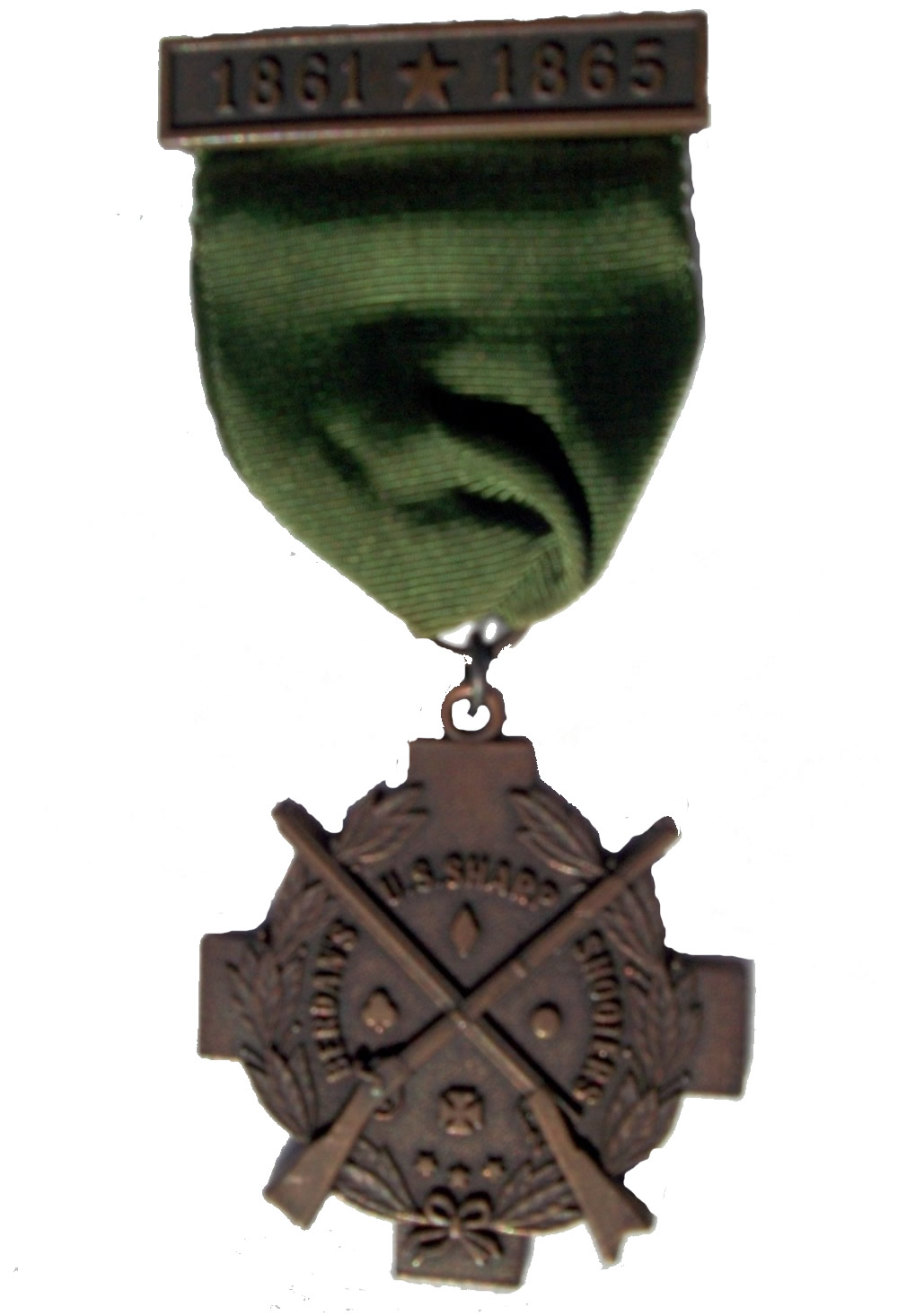History of 1st & 2nd U.S.S.S.
The 1st and 2nd Regiments of U.S. Sharpshooters were raised in the summer of 1861 by enlisting volunteers from throughout the Northern States (hence the unusual "United States" designation for a volunteer regiment). They were intended to be used as skirmish troops, whose job was to act individually and in small groups to disrupt enemy formations and eliminate his leaders. In order to ensure the high level of skill required of a unit of snipers and skirmishers all prospective volunteers were required to pass a marksmanship test to be accepted for service. Hiram Berdan was the man who received permission from Congress to raise a corps of sharpshooters, and because of this the two regiments were often referred to as Berdan's Sharpshooters.
Company C was comprised of marksmen from the state of Michigan and was mustered into United States service on August 21, 1861 at Lansing, Michigan. The company was the first to be mustered in and was one of the first to see action. A total of 1,392 officers and men served in the 1st Regiment, while 1,178 served in the 2nd Regiment. A total of 1,008 U.S. Sharp-shooters were killed or wounded in action. The regiment fought in all the major actions of the Army of the Potomac, usually being assigned by company to different commands as needed. On August 20, 1864 Company C's three year enlistment expired and the remaining soldiers were discharged from service. Of the 101 men who originally enlisted in Company C, only six were present at the final muster.
The US Sharpshooters were issued a unique uniform consisting of a frock coat and pants "rifle green" in color to designate them from the rest of the army. The frock coat had hard rubber buttons, produced at the time by Goodyear, to avoid the glint of the sun on brass giving their location away. Other differences include the Prussian Knapsack, mess kit, and rifle. While the sharpshooters originally qualified using their bench rifles from home, they were considered too heavy to carry on long marches and too difficult to supply with ammunition since there were too many variences to be considered. At first the Sharpshooters were issued the Colt Revolving Rifle, pictured 2nd in our header above. While the Colt provided multiple shots, it took longer to reload and there was a greater chance of chain fire (all the chambers firing at once) which could injure the soldier. It's replacement, the 1859 Model Sharps Breechloading Rifle was used throughout the remainder of the war. The primary benefit to the breechloading rifle was the ability to quickly load the weapon from a prone position (lying down). It was also said to be more accurate across greater distances than the Enfield or Springfield. Without doubt, it was faster to load because the soldier could skip the "tearing cartridge" and "ramming" steps.

